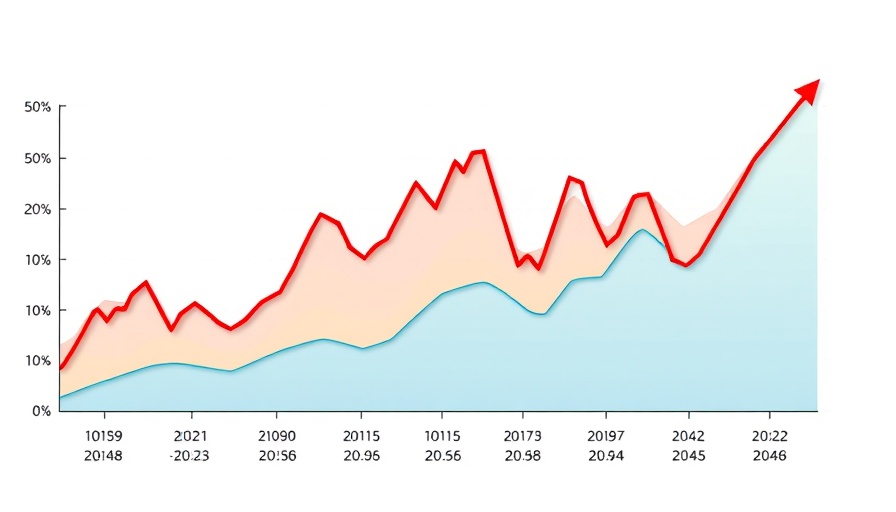
The Volatile World of Natural Gas Prices
The recent fluctuations in natural gas futures highlight the unpredictable dynamics of the energy market, particularly as we approach the summer months. With European gas prices taking a downturn amid the injection season, analysts anticipate varying impacts on U.S. natural gas futures. Historically, the injection season is crucial as it sets the groundwork for winter supply levels. As European demand decreases in warmer months, this phenomenon often has a direct correlation to American prices, especially as U.S. producers compete on the international stage.
Understanding the Injection Season and Its Implications
Every year, U.S. natural gas producers stockpile supplies during the injection season, which lasts from April to October. This period is essential for replenishing reserves to meet peak demand in the winter. With recent reports indicating a significant European price decline, U.S. producers face the challenge of adjusting their forecasts and strategies. Experts warn that an oversupply in North America could lead to another price drop, as the market seeks equilibrium against the backdrop of tepid export demand.
Current Trends and Future Predictions
Current trends suggest that while natural gas prices in the U.S. have dipped due to seasonal changes and changes in global demand, there's potential for future gains if the winter season brings cold temperatures as it did last year. The fluctuating prices pose both risks and opportunities for investors. Should the winter be harsher than expected, the demand for natural gas could surge, stabilizing prices.
Reactions from Analysts and Market Experts
Market analysts are closely monitoring changes in the global energy landscape. Many suggest that the correlation between the European and American gas markets will continue, especially given fluctuations in demand tied to geopolitical factors such as ongoing conflicts or changes in energy policy. The International Energy Agency (IEA) has pointed out that while Europe grapples with supply issues, American producers must adapt swiftly to harness this moment—either by increasing exports or taking advantage of potential domestic demand spikes.
Understanding the Risks of Market Fluctuations
Despite opportunities, the risks of fluctuating prices can’t be overlooked. Investors and consumers alike should be prepared for market instability. The continuous rise in storage levels is generally a sign of oversupply, which could pressure prices down even more. This cycle sends mixed signals to producers who are trying to determine how much gas to extract. The inherent volatility means that any sudden shift in weather patterns or demand could lead to drastic changes in market pricing.
Practical Insights for Consumers and Investors
For consumers, understanding these market dynamics can lead to better budgeting strategies. With lower natural gas prices, utility bills may decrease, but it's essential to stay updated with energy forecasts. For investors, the market provides opportunities, but familiarity with trends and potential risks is vital in making informed decisions.
Conclusion: Staying Informed in a Changing Market
The world of natural gas is increasingly interconnected, with regional developments directly influencing local markets. Keeping an eye on these trends is critical for both consumers and investors. As the market continues to evolve, those who remain informed will be better positioned to navigate the landscape and make strategic decisions amid the volatility.
In this ever-changing market, monitoring developments can prove beneficial. Whether you are an investor or a consumer, staying informed and aware of the trends will help you respond effectively to potential market shifts.
 Add Row
Add Row 
 Add
Add 


 Add Row
Add Row 
 Add
Add
Write A Comment